Thermal Insulation Cotton Explained: How It Retains Heat
2025-10-30 08:20:28
In the pursuit of energy efficiency, thermal insulation cotton has become an essential material in construction, manufacturing, and HVAC industries. Its ability to retain heat and reduce thermal loss makes it indispensable for achieving comfort, safety, and energy savings.
This material combines lightweight flexibility with strong insulating properties, creating a reliable solution for modern thermal control systems. As a China manufacturer with large-scale bulk supply capacity, we provide insulation cotton designed for performance, durability, and environmental responsibility.
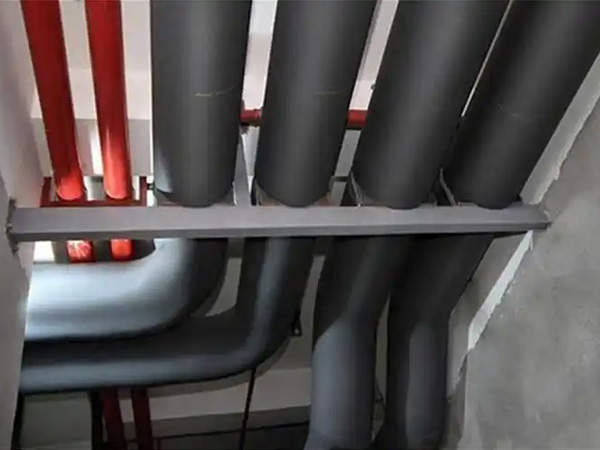
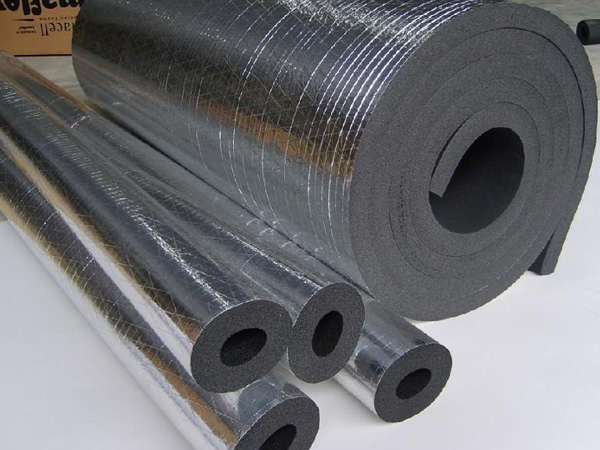
What Is Thermal Insulation Cotton?
Thermal insulation cotton, also known as heat insulation fiber, is a fibrous material engineered to reduce heat transfer between surfaces. It is typically produced from glass fibers, mineral wool, or synthetic polymers with a porous microstructure that traps still air.
Air, being a poor conductor of heat, forms countless microscopic barriers inside the cotton. These trapped air spaces interrupt heat flow, effectively minimizing energy loss.
Main advantages include:
·Low thermal conductivity for efficient heat retention
·Resistance to fire, moisture, and chemical corrosion
·Lightweight and flexible design for easy handling
·Stable performance over a long lifespan
·Eco-friendly and recyclable composition
Because of these properties, thermal insulation cotton is a top choice for modern buildings and equipment aiming to reduce energy waste.
The Science of Heat Retention
The secret behind thermal insulation cotton lies in how it controls the three modes of heat transfer: conduction, convection, and radiation.
1.Conduction Control: The dense fibers interrupt direct heat flow through solids, limiting conduction.
2.Convection Reduction: Air trapped within the cotton’s pores restricts movement, preventing heat loss through air circulation.
3.Radiation Reflection: The uneven fiber structure scatters and reflects radiant heat, lowering overall energy transfer.
These combined effects result in a high R-value, which is the measure of a material’s resistance to heat flow. A higher R-value means greater insulation efficiency.
In simple terms, thermal insulation cotton acts like a thermal shield—keeping warm air in and cold air out.
Practical Applications
Thanks to its versatility and safety, thermal insulation cotton is used across numerous industries and systems:
·Buildings: Installed in walls, ceilings, and attics to maintain indoor temperature stability.
·HVAC Systems: Used to wrap air ducts and reduce energy loss during air circulation.
·Industrial Equipment: Surrounds furnaces, boilers, and pipes to retain process heat.
·Home Appliances: Provides insulation in ovens, refrigerators, and water heaters.
·Pipelines: Keeps steam or hot water at consistent temperatures over long distances.
Whether for residential comfort or industrial efficiency, this material performs dependably in both low- and high-temperature environments.
Installation Guidelines
Proper installation is essential to achieve the full performance potential of thermal insulation cotton.
Start by cleaning and drying the installation surface thoroughly to ensure firm adhesion. Cut the cotton precisely according to the target area, leaving no gaps or overlaps. Avoid compressing the fibers too tightly, as this reduces the insulating air pockets responsible for heat retention.
When joining multiple pieces, seal the joints with adhesive or insulation tape to prevent air or heat leakage. In humid environments, it is advisable to use a vapor barrier to protect against moisture absorption.
Correct installation not only enhances insulation performance but also extends the material’s service life significantly.
Common Problems and Effective Solutions
During use, several issues may appear if the insulation is poorly installed or exposed to harsh conditions. Understanding these problems and their solutions ensures long-lasting results.
Heat Leakage: Often caused by small gaps or unsealed joints. Check for openings and fill them completely using additional insulation or sealing material.
Moisture Damage: When a vapor barrier is missing, condensation may reduce insulation effectiveness. Apply waterproof layers or protective coatings to prevent this.
Uneven Insulation: If the cotton was cut inaccurately or placed loosely, remeasure and reinstall to ensure uniform coverage.
Performance Decline Over Time: Accumulated dust or material compression can lower efficiency. Regular inspection and timely replacement maintain optimal heat resistance.
Addressing these factors early guarantees that thermal insulation cotton delivers reliable energy-saving performance year after year.
Why Choose a Chinese Manufacturer
Sourcing thermal insulation cotton directly from a China manufacturer provides both quality and economic benefits.
Chinese factories maintain strong production capacity, enabling consistent bulk supply for global projects. Each batch undergoes strict quality control, including density, thickness, and conductivity testing. Customization options such as color, size, and heat-resistance level are available to meet project specifications.
Additionally, China’s advanced manufacturing network and mature logistics systems allow competitive pricing while maintaining international quality standards. Choosing a Chinese supplier ensures reliable product performance and timely delivery for distributors, contractors, and builders alike.
Sustainability and Energy Efficiency
In addition to its practical performance, thermal insulation cotton contributes significantly to environmental protection. By reducing heat loss, it helps lower building energy consumption and greenhouse gas emissions.
Many modern insulation products are also produced using recycled fibers, minimizing waste and promoting circular manufacturing practices. Installing thermal insulation cotton can reduce heating and cooling energy use by up to 30%, making it a vital element in sustainable construction.
Conclusion
Thermal insulation cotton represents the perfect blend of science and practicality. By utilizing advanced fiber structures and air-trapping mechanisms, it effectively prevents heat loss, conserves energy, and enhances comfort.
For contractors, engineers, and builders seeking bulk supply from a professional China manufacturer, our production capabilities ensure consistent quality and reliable performance across every project.
Durable, efficient, and eco-friendly—Thermal Insulation Cotton is your trusted solution for modern energy control and sustainable building design.
References
GB/T 7714:Zhou X, Zheng F, Li H, et al. An environment-friendly thermal insulation material from cotton stalk fibers[J]. Energy and Buildings, 2010, 42(7): 1070-1074.
MLA:Zhou, Xiao-yan, et al. "An environment-friendly thermal insulation material from cotton stalk fibers." Energy and Buildings 42.7 (2010): 1070-1074.
APA:Zhou, X. Y., Zheng, F., Li, H. G., & Lu, C. L. (2010). An environment-friendly thermal insulation material from cotton stalk fibers. Energy and Buildings, 42(7), 1070-1074.
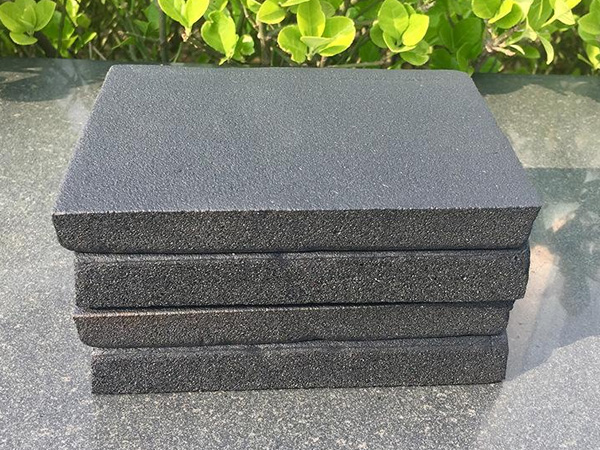
OurFlame Retardant Rubber Foamis a premium closed-cell elastomeric insulation material engi...

OurRubber Pipe Insulationis a high-performance solution designed specifically for HVAC pipi...
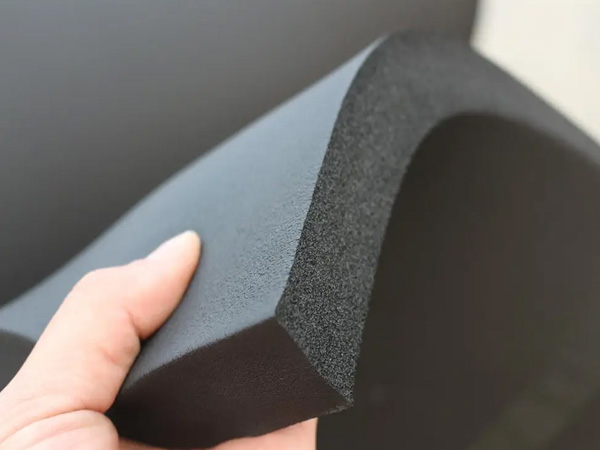
Rubber Foam Insulation Sheet – Product Introduction Premium Flexible Insulation for Therm...
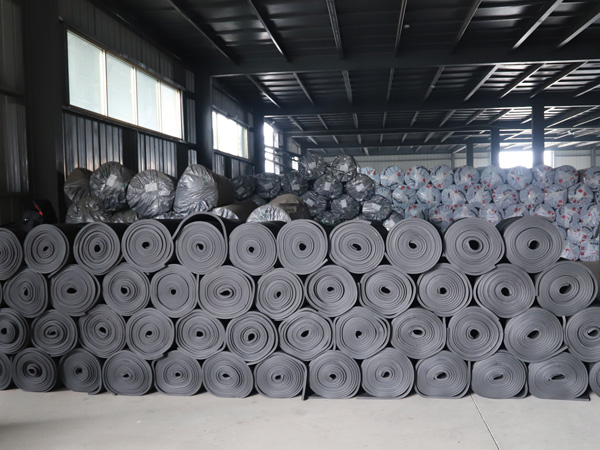
Specially engineered for refrigeration applications, ourElastomeric Rubber Insulationprovid...



